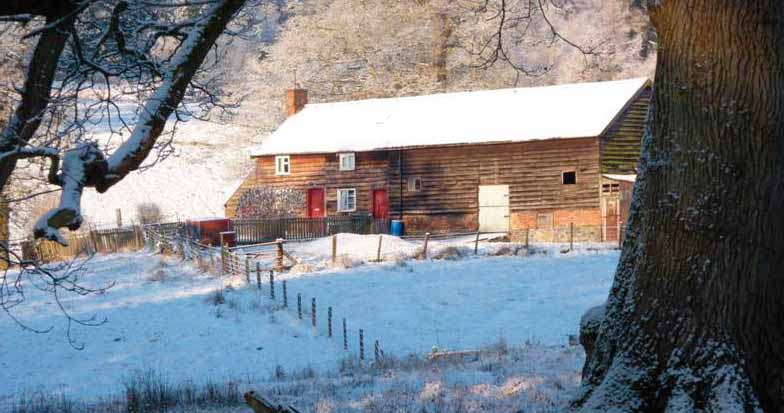


A single tree can support hundreds of other species. Jackdaws and owls nest in the hollow trunks and branches. The larvae of beetles and flies live in the rotting wood of fallen branches and trunks. Great crested newts spend winter hibernating under deadwood, and lesser horseshoe bats forage amongst the canopy at night, gleaning small moths and midges as they go. Hundreds of different lichens and mosses grow on the bark, and long tailed tits make use of moss and lichen to build their dome-shaped nests.
Wales, for its unit area, has the highest diversity of lichen species in the world! Crucially, the Gregynog Estate, tucked away in the rolling Montgomeryshire hills, escaped the worst of the industrial revolution, and with relatively unpolluted air; became a haven for lichens, many of which are very sensitive to air pollution. The impacts of sulphur dioxide and acid rain, once a problem in the early 20th century have been showing signs of improvement, but there is now the invisible threat of atmospheric ammonia which enriches the bark and twigs with nutrients. Across Britain this is changing which lichens and mosses grow on the trees! One of the most impressive lichens that grows in the Great Wood is called ‘lungwort’ (Lobaria pulmonaria) because it was once used to treat respiratory diseases! Unfortunately, this is one of the most sensitive species, and cannot tolerate the increased nutrients and ammonia in the air. It is declining in many parts of Britain. As well as being food for other animals, lichens have a number of uses to humans including making dyes, complex medicinal uses, and even perfumes!
To the southwest is Wood Cottage, a typical old Welsh farm with house, barn and byre under one long roof. Nowadays, one builds the cowshed a little further away from the house!
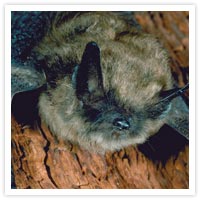 Whiskered bat
Whiskered bat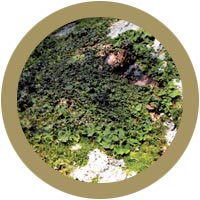 Lungwort lichen
Lungwort lichen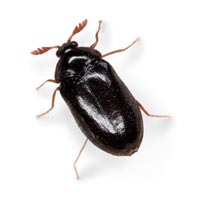 Adult cobweb beetle
Adult cobweb beetle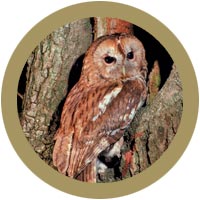 Tawny owl
Tawny owl